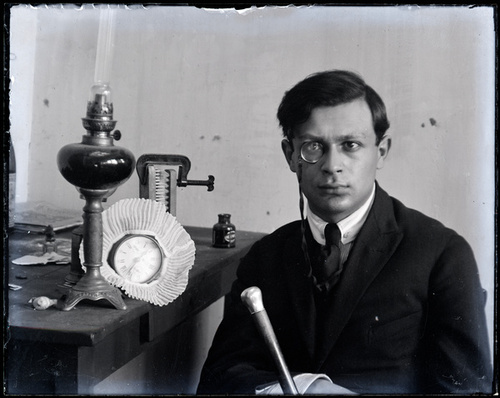During our trip to St Malo, I experimented with the use of film. I have never used the record setting on my camera before so it was a new experience for me. I found it very different, filming something, rather than photographing it- which is what I am used to. I filmed several activities throughout the day and then edited the clips I had collected on iMovie. I have also never used IMovie before, so it was a first experience for me. In all of these clips I have manipulated the sound and the colouring to make it look and sound how I wanted it too.
My First clip was from the begging of the day, where five members of our group lined up on the steps and passed a blown up ball up the steps and rolled it back down the middle of the steps when it had reached the top.
I really like this footage, because it is very simple yet I find it very enjoyable to watch. I really like the setting of the footage, as it was in a picturesque lane and is rich in detail, because it is made up of a sandy coloured bricks. Another thing that I like about this film is that there is public interruption involved it. I very much like that members of the public walk past our perfomance as I think it gives the footage a life like feel and makes it very realistic. If i was to improve one thing about this film, it would be to put this clip on a loop- so it repeats its self. Once i have figured out how to do this on iMovie I will re edit the clip and add a loop onto it.
The second film that I recorded in St Malo was based on the same steps as my first video. I simply filmed the feet of the people in from of me’s feet as they climbed up the stairs.
I think that this film, is again very simple and focus’ on the visual side of the clip, as I have cut all of the sounds out of the footage. I did this too make the viewer pay closer attention to the detail of the people walking up the steps. I would like to experiment with this clip by adding some music to the footage.
My third piece of footage from the St Malo trip was of the ‘Flower Giving’. This was where Sian, gave out yellow roses to the public as she walked up the street. She gave these flowers out to people as a sign of friendship and happiness.
During this performance I was very interested in seeing how the public would react to the present of a flower from a random stranger. Some people accepted the flower with great appreciation however some people declined the present, and some people ignored Sian all together.
I really like this film as In comparison to my films 1 and 2, it has a lot of activity going on and is more exciting to watch. It also seems like a very good representative of St Malo’s town life as it includes things such as people walking in front of the camera and general noise from around the street.
My final film that I have edited from my St Malo trip is of the boy from the beach who was performing tricks on him tightrope.
I chose one short clip of the boy doing a backflip and duplicated the clip and reversed it. I think that is an interesting way of editing the clip and makes it more interesting to watch.






